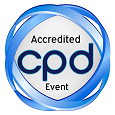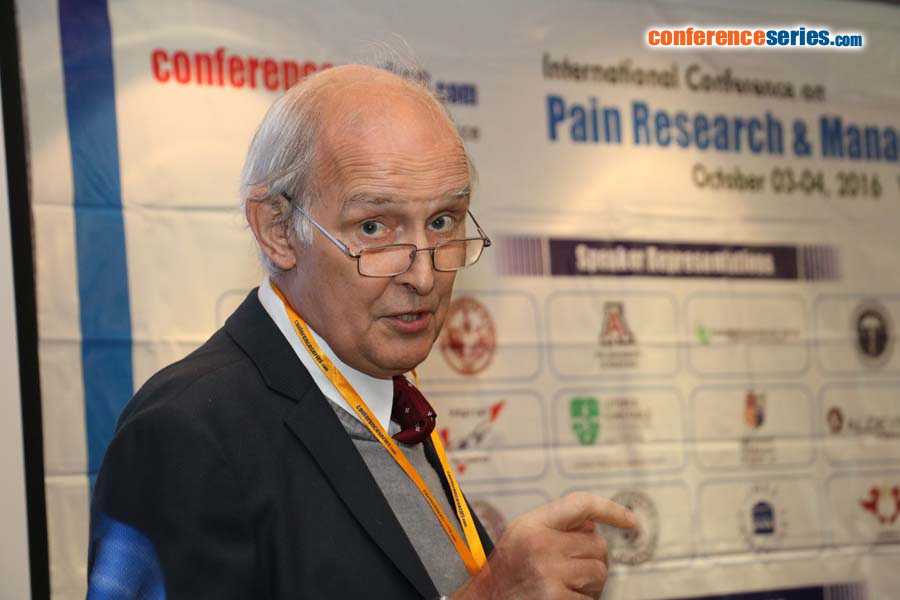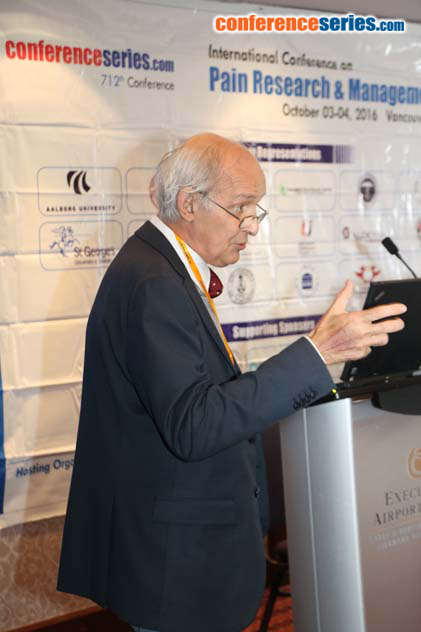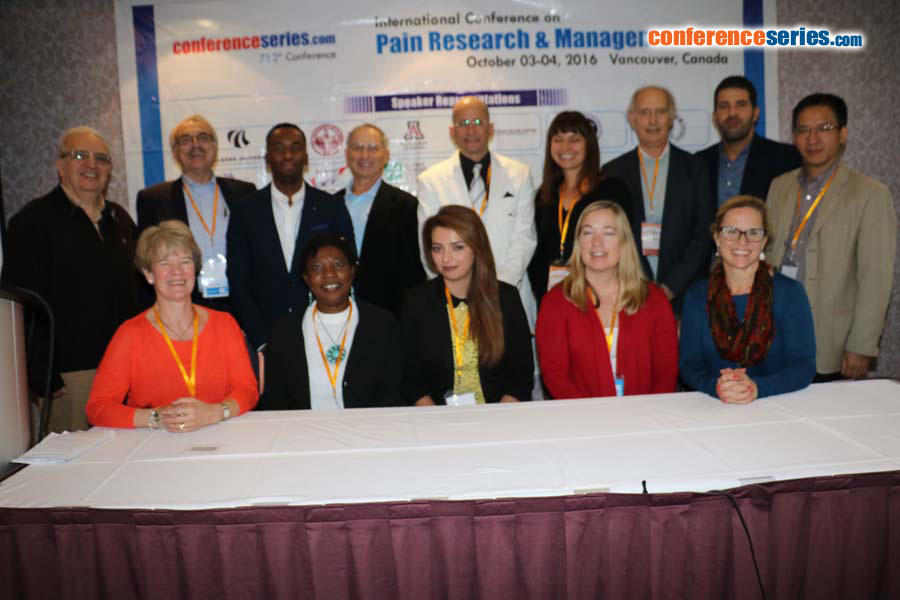
Marco Romoli
University of Florence, Italy
Title: Long-term results of therapeutic local anesthesia (neural therapy) in patients with chronic pain, disability and postural misalignment
Biography
Biography: Marco Romoli
Abstract
Introduction: Musculoskeletal complaints are one of the most common reasons leading patients to revert to medical care. These include osteoarthritis, rheumatoid arthritis, low back pain (LBP), neck pain (NP) and myofascial pain syndrome. Patients with chronic LBP and NP in particular show a relevant disability and a significant number of them turn to complementary and alternative medicine (CAM). Amongst CAM methods most frequently used in Europe is therapeutic local anesthesia (neural therapy-NT) which includes the infiltration of anesthetics into “interference” fields such as surgery and vaccination scars, burns, bruises, etc.
Aim: The aim of this research was to ascertain whether and to what extent one session of neural therapy on “active” scars could improve pain, disability and postural misalignment in a referred group of patients with chronic nonspecific LBP and NP.
Methods: 50 patients with prevalent back pain (26) or prevalent neck pain (24) were included in the study if they showed at least one active scar to be treated. Outcome measures, assessed after infiltration and during a 6-month follow-up were pain scored using the McGill pain questionnaire; disability was scored using the Oswestry disability index and Neck disability index; the consumption of analgesics was recorded; and the improvement of the body’s center of pressure (COP) was measured using a force platform.
Results: A significant reduction of pain, disability and consumption of analgesics were observed for one, three and six months after treatment. It was observed that the coordinates of the patient’s COP improved significantly after NT and in the follow-up up to three months.
Conclusion: The long-term results of NT on active scars enlighten the importance of this complementary method for relieving pain and disability of low-back and neck pain. Further trials are needed to understand the pathogenic mechanism of active scars on postural instability.




